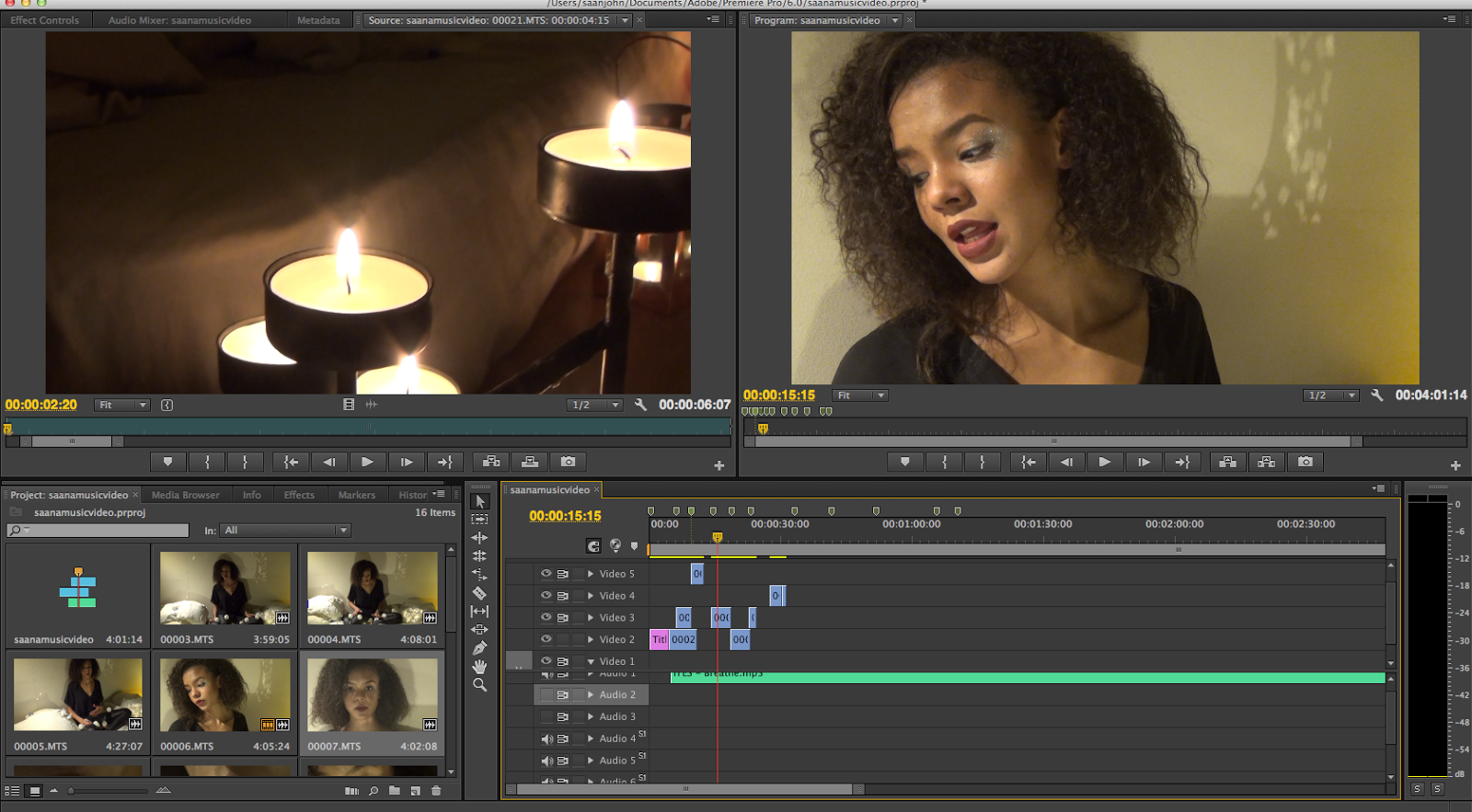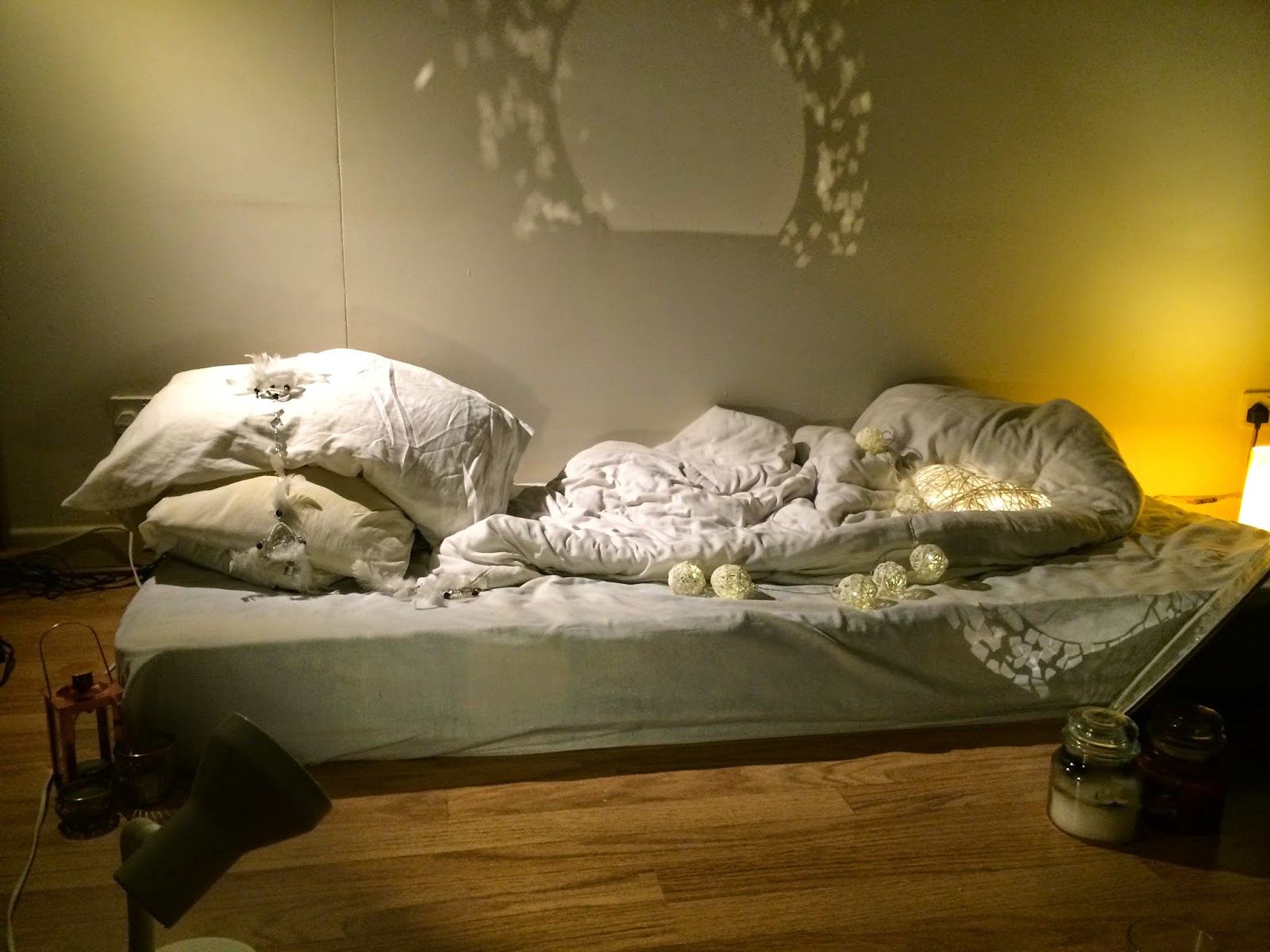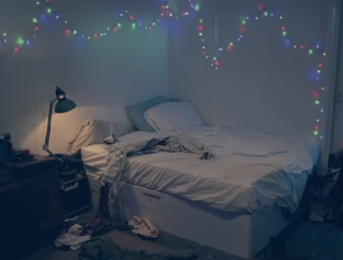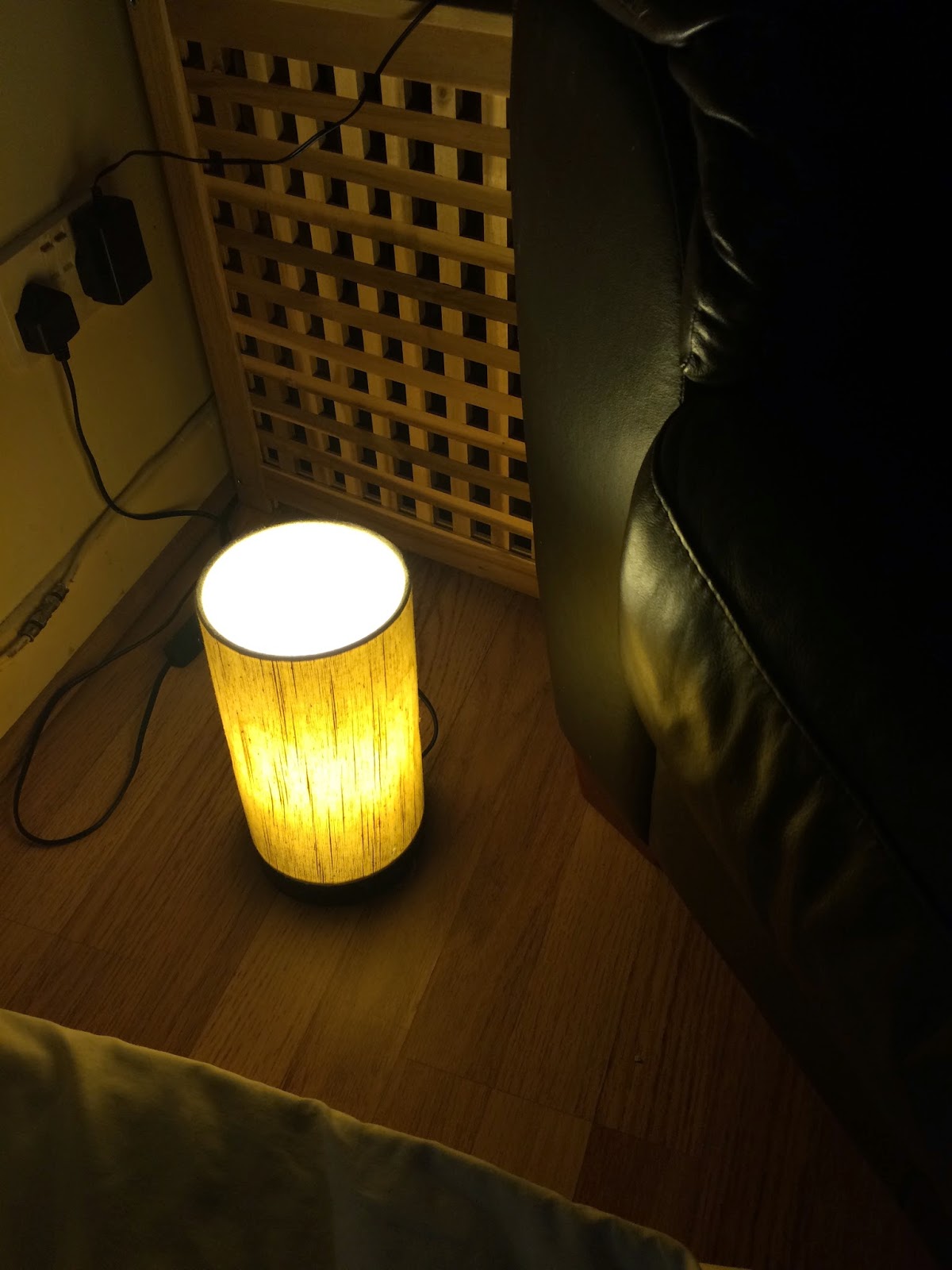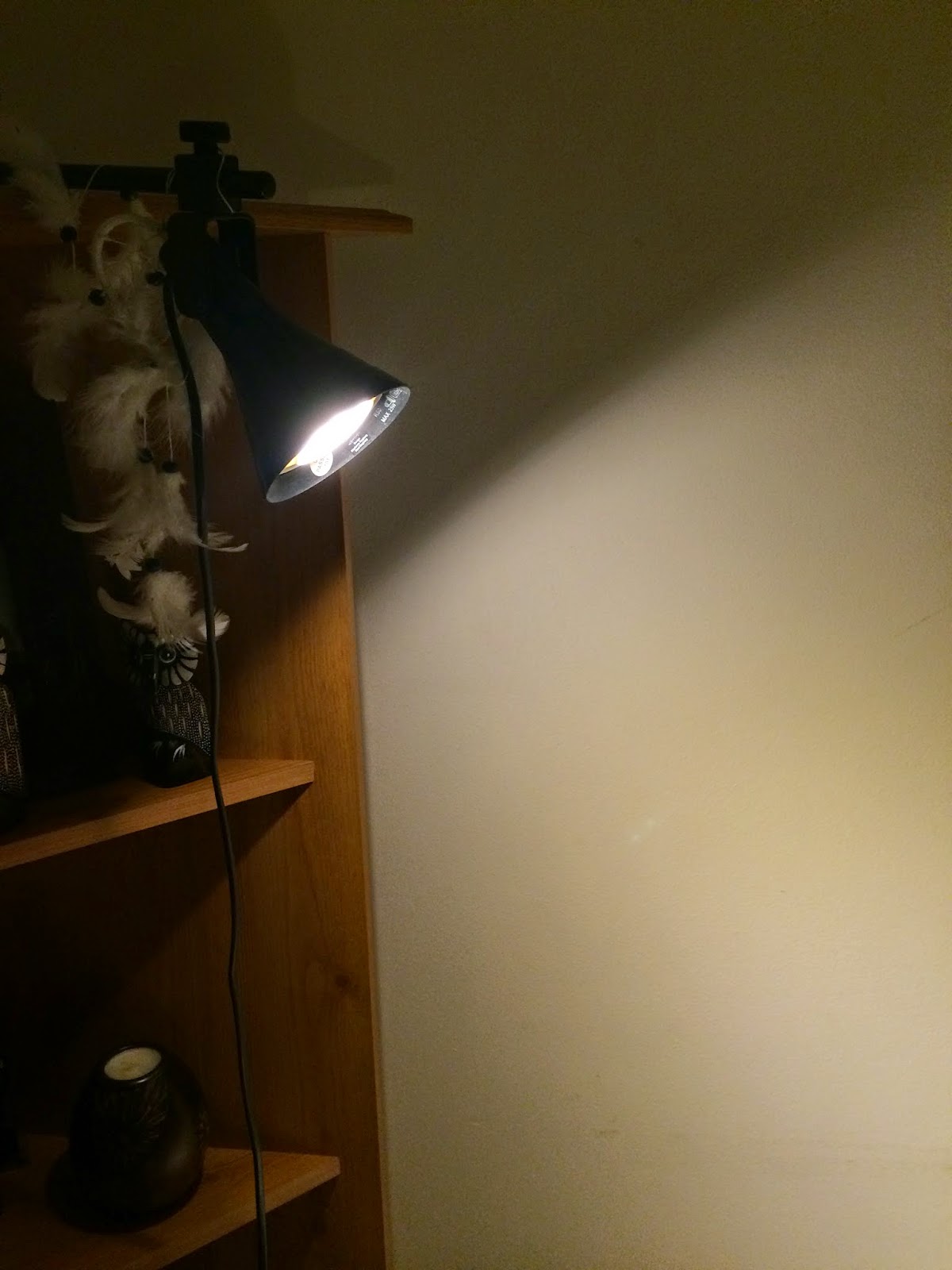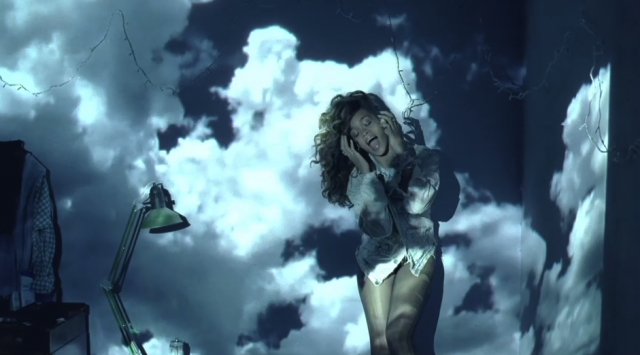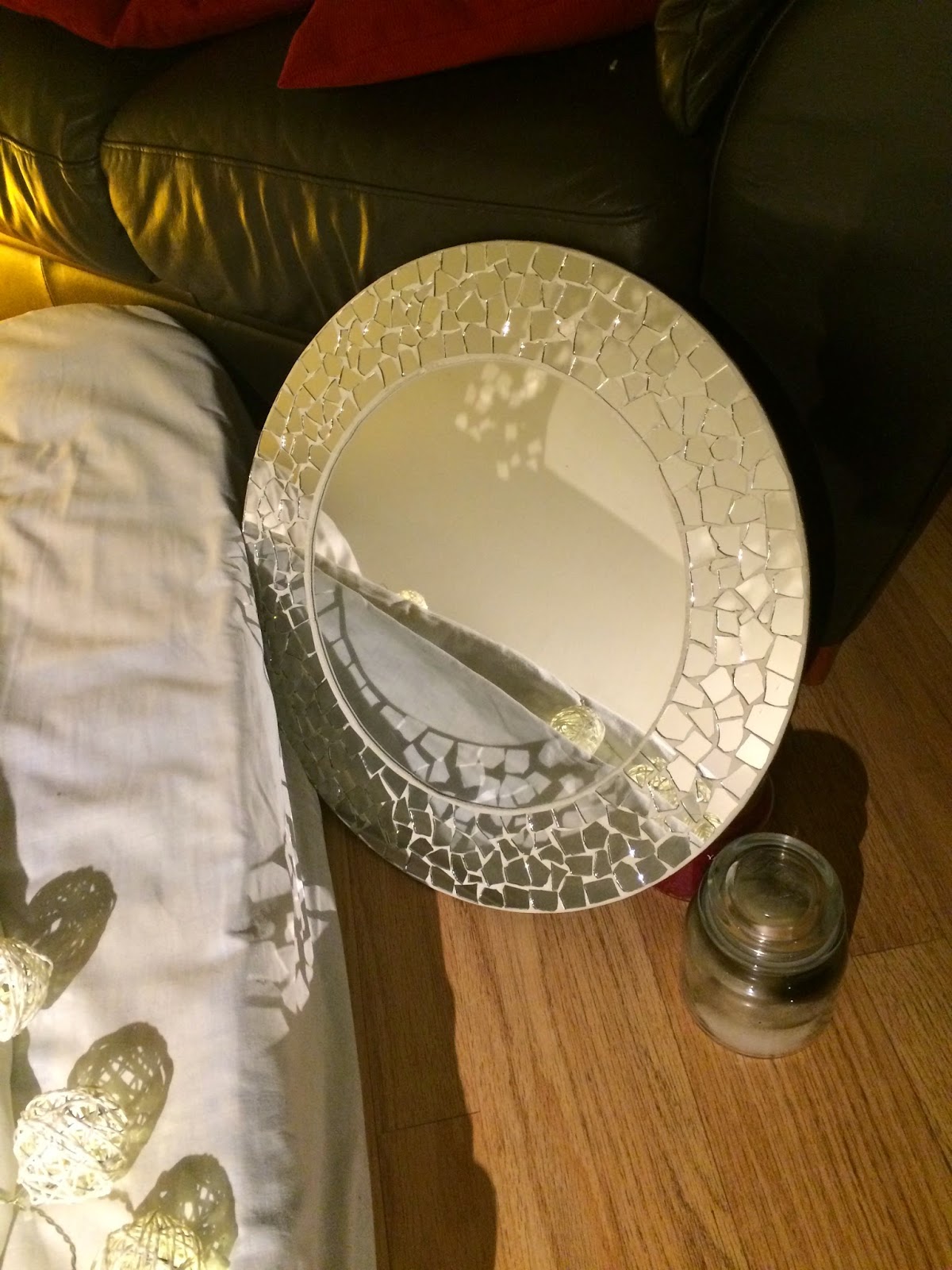Emil Nava began as a runner for film production companies, working for Blink Productions. After working as a runner graduated to Assistant Director (A.D.) where he would manage the video shoots. His success got him signed to Academy, the biggest music video production company and then worked for Between the Eyes. Emil now works for Pulse and freelances for OB Management. OB Management often work with Pulse Films, Rocket, Agile Films, Friends and Wonda. They describe themselves as, “ three straight up dudes who work out of Denmark Street London” with aims to nurture talent, work with production companies, work with record labels and match the right director to the right artists.
In an interview, he explains how it is a difficult industry to break into and that hard work must be consistent in order to succeed. At his most busiest, Emil makes up to twenty-four films in a year. When he began shooting videos for independent labels the budget would be as low as £5,000 to £10,000. His most expensive video to date has been for Jessie J and the budget was £160,000 which exemplifies his success and dedication as a director.
Kid British - Our House Is Dadless
Emil’s first budget was for the band Kid British and the track Our House Is Dadless with a small budget of £20,000. The location was in Manchester with locals as the cast. Filming took one day with just two to three days for editing - pre-production spanned across ten days. This music video demonstrates the very tight timescales involved as the location remains the same, the cast are local people and the editing is simplistic.
 BBC Newsbeat
BBC Newsbeat
In a BBC Newsbeat, Emil discusses the many factors that can affect a tight timescale such as make-up artists and costume designers. If the team cannot cooperate or maintain organisation then a 16 hour day can easily run over due to several small issues.
Jessie J and Tinchy Stryder
Emil Nava directed six Tinchy Stryder videos in 2009 including "Number 1" and "Take Me Back". There is a similarity in these music videos; all are set in a studio with a minimalist set and graphic lighting. This is perhaps due to a desired theme for his alum "Catch 22". However the filming and editing are undoubtedly recognisable as Emil Nava's because Jessie J's video "WILD" maintains a similar theme. It is in black and white with a simple set - the focus being purely on the artist and their performance. Nevertheless, the increased budget of £160,000 is evident in Jessie J's music video when comparing it to Tinchy Stryder's work. There is a larger variety of shots such as fast-paced tracking shots with fast editing to match. There are also at least three costume changes for Jessie J alongside a bigger focus on the featured artists, Big Sean and Dizzie Rascal.
 |
| "WILD" |
 |
| "Number 1" |
 |
| "Take Me Back" |
Advertisements

Emil has now begun to make adverts, which generally have a far higher budget and production values but allow for less creative freedom. He has directed an advert for L'Oreal for their Feria hair colour, using the marketing slogan, "Dare To Be Different". Emil maintains this marketing approach of promoting women to be "different" by filming models with bold hair colours acting fiercely. One wears athletic clothing and punches a boxing bag which is suggestive of her inner masculinity thus separates her from the "norm"/stereotype that women are physically timid.
Ed Sheeran
Emil Nava has also worked with Ed Sheeran for his music video "You Need Me, I Don't Need You".
The client was Atlantic and the cost was £35,000. Kid British's video with a budget of £20,000 is almost half of Ed Sheeran's which shows; the concept behind Ed Sheeran's may not have worked so well with such a small budget. Again, I feel that his relatively basic, yet consistent conceptual ideas are showing through here which makes him a recognisable director.
Emil’s Top Tip
- Use Extreme Close Up on faces wherever possible
- Do not shoot whole of video in medium shot/long shot
- Example – Sinead O’Connor – Nothing Compares to U and Godley & Crème - Cry
